We had launched our survey to take stock almost ten years after the Franceschini Reform before the public selection for the position of director of autonomous museums came out. Now that the public selection is underway our interviews with outgoing directors almost take on the sense of an end-of-term report. This is the case with James Bradburne (Brera), Cecilie Hollbergh (Gallerie dell’Accademia) and Martina Bagnoli (Gallerie Estensi). The appointment with Eike Schmidt and one of the most desirable museums in the call, the Uffizi, is at the end of July. For two of the other museums under public selection (a total of four first-tier and six second-tier) we will not, however, be able to draw any conclusions. After immediately joining our inquiry, in fact, we lost track of Sylvain Bellenger, director of the Capodimonte Museum and Real Bosco, and Carmelo Malacrino, head of the National Archaeological Museum of Reggio Calabria. On the other hand, a systematization of these experiences would be most useful given that Minister Gennaro Sangiuliano is inclined to further increase the number of autonomous museums: to the current 44, it seems that another 17 will be added, according to the draft of the Dpcm that will go on to modify (for the umpteenth time in a few years) the organization of the Ministry of Culture.For other directors, such as Stephen L’Occaso, there is still time to make definitive budgets. He will remain in the saddle at the Ducal Palace in Mantua until October 2024. With a burning desire to remain there for a second term, “I hope they forget about me and leave me in Mantua,” he tells us with the subtle irony that accompanied the entire conversation. And he nominates the museum for promotion to the top tier. Value of the monument and its collections, but also brilliant management, committed to completing “its narrative” and “keeping it stoically open on all bridges, every Sunday, every holiday,” may, however, not be enough. As it is now clear to our readers, in the absence of certain indicators at the normative level, first in the class can become even just because of the “feeling” of the minister pro tempore. One of the parameters to be considered could be, for example, the managerial capacity of a director who has to cope with work overload and staff shortages. “Surveyors are rarer than pandas,” L’Occaso tells us. While 14 million euros worth of contracts are carried out with only one part-time architect. In any case, for the director, it is a good thing that the cost of personnel remains with the central offices of the Ministry, if only to avoid that with the sting of having to guarantee salaries we end up having to beat the cash with events that are hardly in tune with the Code and the Constitution. The percentage that each museum has to pay to the inter-institute rebalancing fund should be more flexible, related to each museum’s budget: what sense does it make, the director makes clear to us, that Palazzo Ducale has to pay 20 percent like the Uffizi? To the autonomist experience he gives a grade between seven and eight: “impossible to think of going back.”
Read the other interviews in the survey: Cecilie Hollberg (Galleria dell’Accademia, Florence) - James Bradburne (Pinacoteca di Brera, Milan) - Paolo Giulierini (MANN, Naples) - Martina Bagnoli (Gallerie Estensi, Modena and Ferrara) - Tiziana Maffei (Reggia di Caserta).
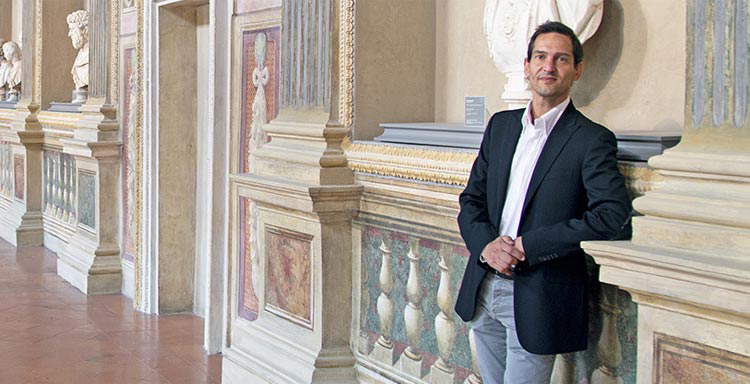
MS. There are two different degrees of autonomy: general and non-general management level museums. In what does the difference consist? What does the fact that the Ducal Palace is subject to the powers of direction,coordination and control of the Museums Directorate entail?
SL. Nothing particularly burdensome; on the contrary, a chance for confrontation with the General Museums Directorate is always welcome and can help to address and solve problems. As for the economic aspect, ifuntil a few years ago ministerial allocations were directly related to the Museum’s fascia, it seems that today the distribution of the contribution by the General Directorate for Museums follows more criteria,taking into consideration the size of the structure, its complexity, indoor and outdoor spaces, etc. Personally, I believe that the Ducal Palace Museum could serenely be in the first tier: it is not inferior to some of the “A” ones neither in budgetary amounts nor in number of visitors, let alone if we take into consideration the extension or historical importance of the monument and its collections.
The Ministry remains to varying degrees involved in the decision-making process. In your opinion, would it be appropriate or, on the contrary, deleterious to take a further step, granting full autonomy to these “special” institutes? Financial autonomy includes, in fact, the management of the revenues flowing to its budget, but does not include personnel-related expenses, the allocation of which is attested to the central administration. Would the institute he heads be able to cover salaries as well?
Touché. Several benefits come to us from the Ministry. Not only the annual contribution-which for us is an interesting percentage of the budget, a valuable addition to the ticketing income-but also funding for emergency interventions, for planning restorations and re-functionalizations, or purchases of works of art and real estate; the most important acquisitions of the last two years, the Giulio Romano tapestry and the Grechetto canvas, come from there. Not to mention the cost of personnel. If the first items come into the budget and bolster it, the last item, personnel, does not even come into the budget, but a rough estimate of personnel costs makes us realize that if it were to burden us we would have to either give up many activities, or try to cash in in ways that we can afford to keep over the door today, or, worse yet, save on personnel.
Speaking of staff, is it understaffed? Would it be preferable for the director to indicate to the central administration the professional figures according to the technical-operational needs he needs?
The Institute is severely understaffed (“like everyone,” I hear in chorus from other directors). But understaffing compared to paper, that is, compared to staffing plans, is one thing; actual understaffing is quite another. To say that we have a little less than 70 percent of the museum staff, does not give the idea: if we say that we open a 35,000 sq. m. facility, with a minimum/medium itinerary of more than forty monumental environments, including the Archaeological Museum, with perhaps only fifteen ministerial units on duty, you understand a little better. It is clear that under these conditions it is difficult to ensure quality service, that is, to ensure that staff can be adequately engaged. Among other things, the route excludes large areas closed to the public, which is a pity, and the situation will become paradoxical by the time we have restored and returned to the community (but how?) rooms and chambers and galleries and halls of the immense Palatine complex, which I like to call with ill-concealed pride “our one-room apartment.” But the situation is even worse on the technical staffing front: in-house surveyors are rarer than pandas, the last one at our place retired five years ago; we carry out something like 14 million euros in contracts, but as I write this it occurs to me that today I have only one architect officer on duty, part time, who is too swamped with subcontracting requests, SALs, CELs and monitoring, for him to set foot on the construction site; let alone think about museum layout. Despite being overworked and understaffed, if within 48 hours you do not respond to any user inquiry you are immediately the “usual civil servant.” Abroad they also take a month to respond to an email and close a museum for three years to refit it. We are open 320 days a year, feeling almost guilty about the seismic and structural improvement works we carry out. Going back to the question you ask, actually the Institute already indicates the needs, but from there to having immediate satisfaction we go through public competitions.
To what extent does the Museum participate in the Financial Rebalancing Fund among state institutes and places of culture?
With the usual 20 percent of the “Support Fund.” Years ago, when I was in charge of the Polo Museale della Lombardia, but with a different arrangement from the current one, I had proposed identifying different percentages, based on the economic potential and spending capacity of the individual institutes. However, if they asked me today for 21 percent, I think I would call Prof. Osanna on the phone crying.

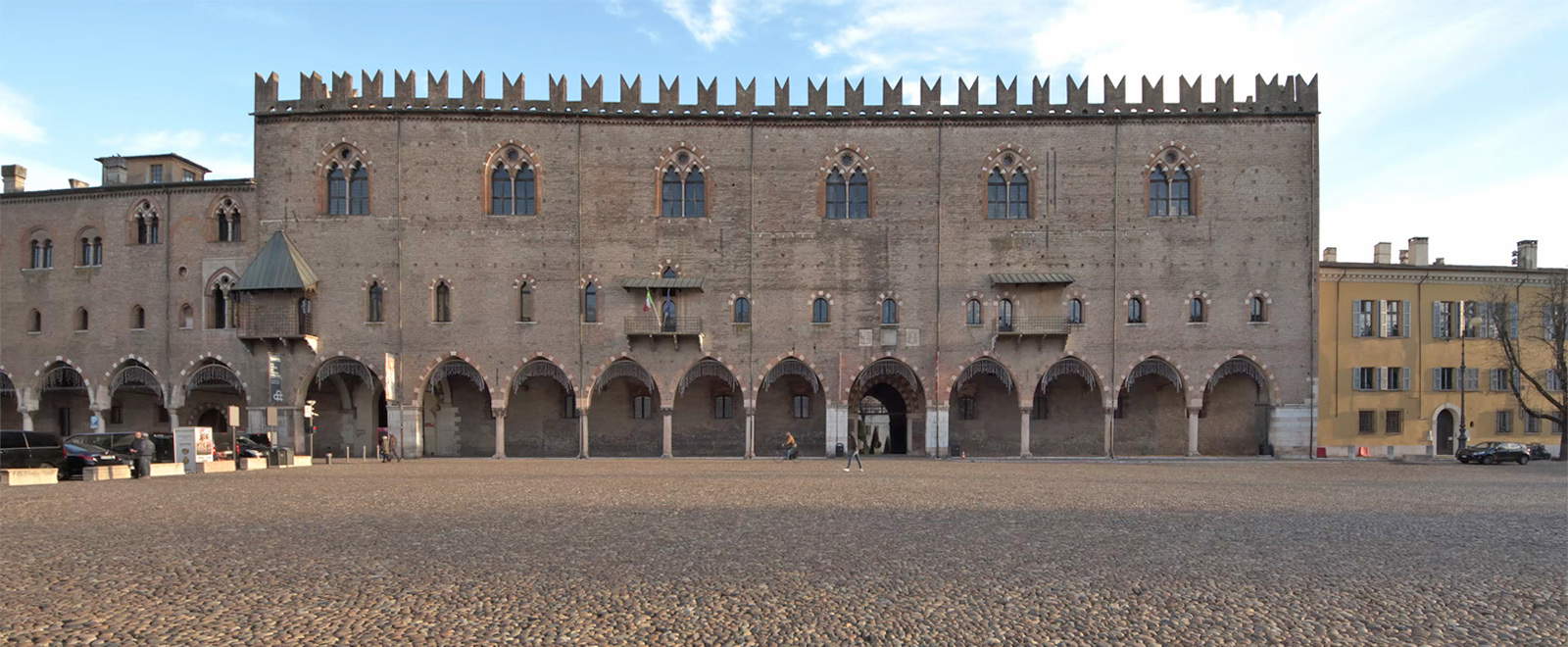
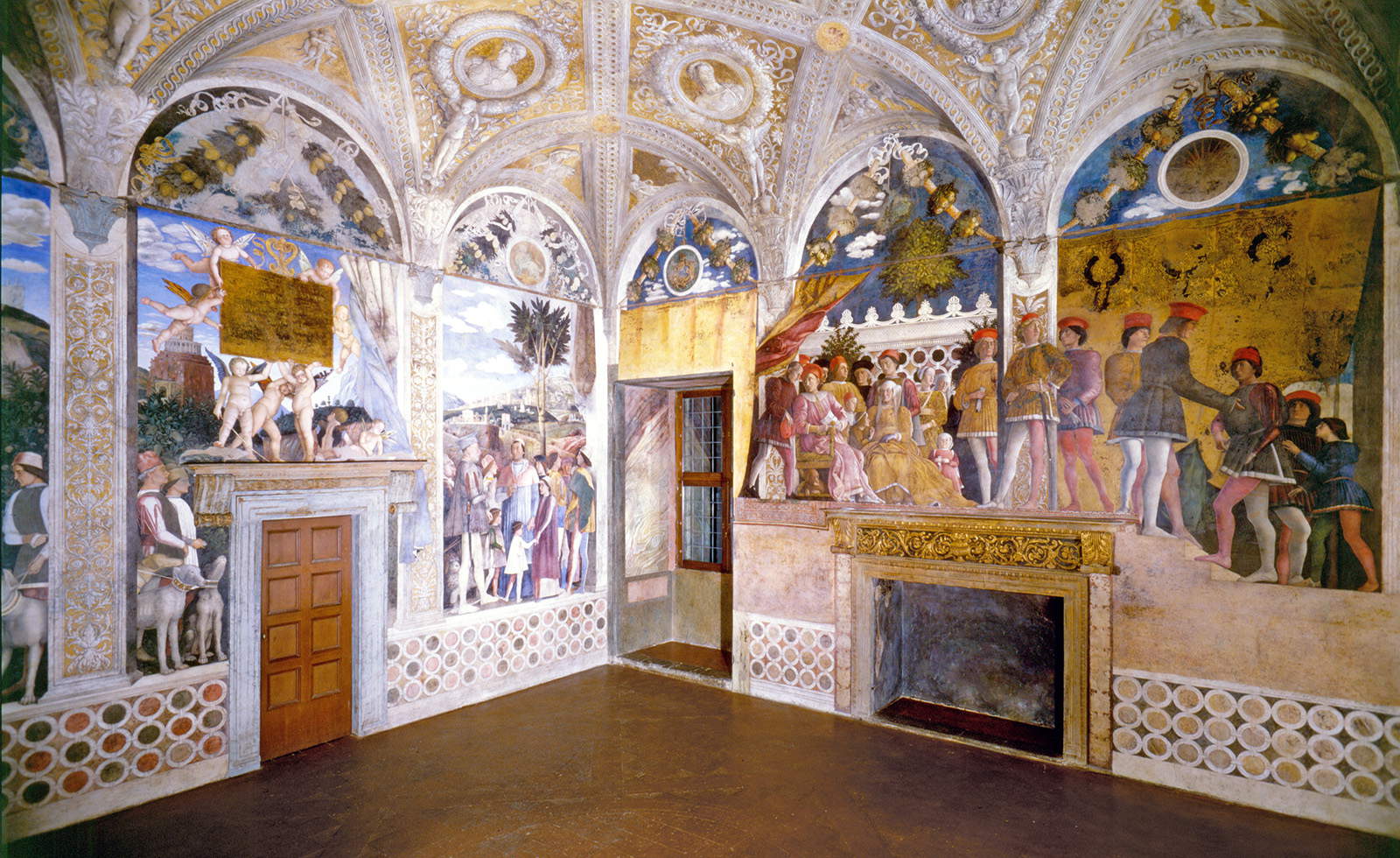

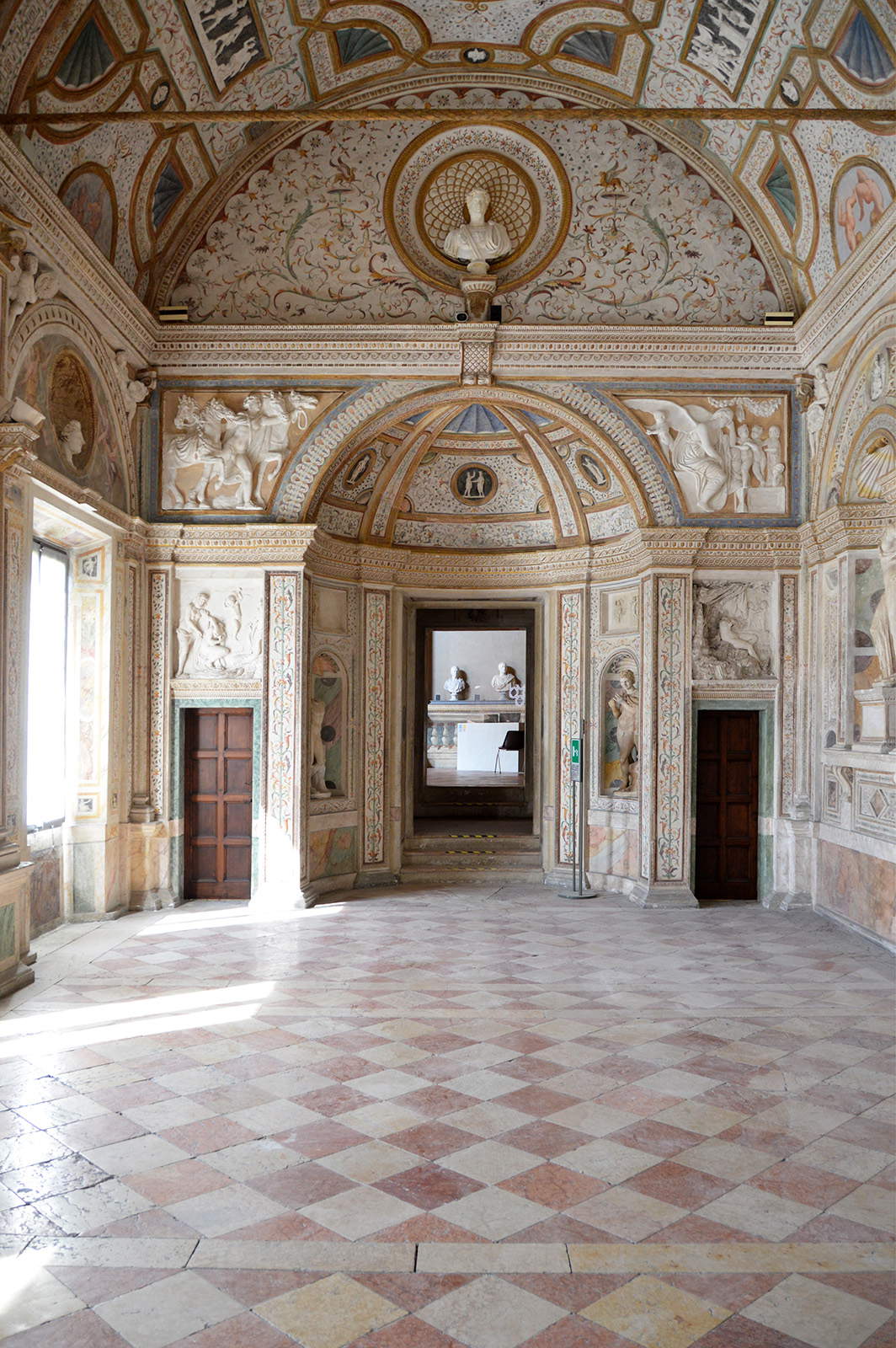
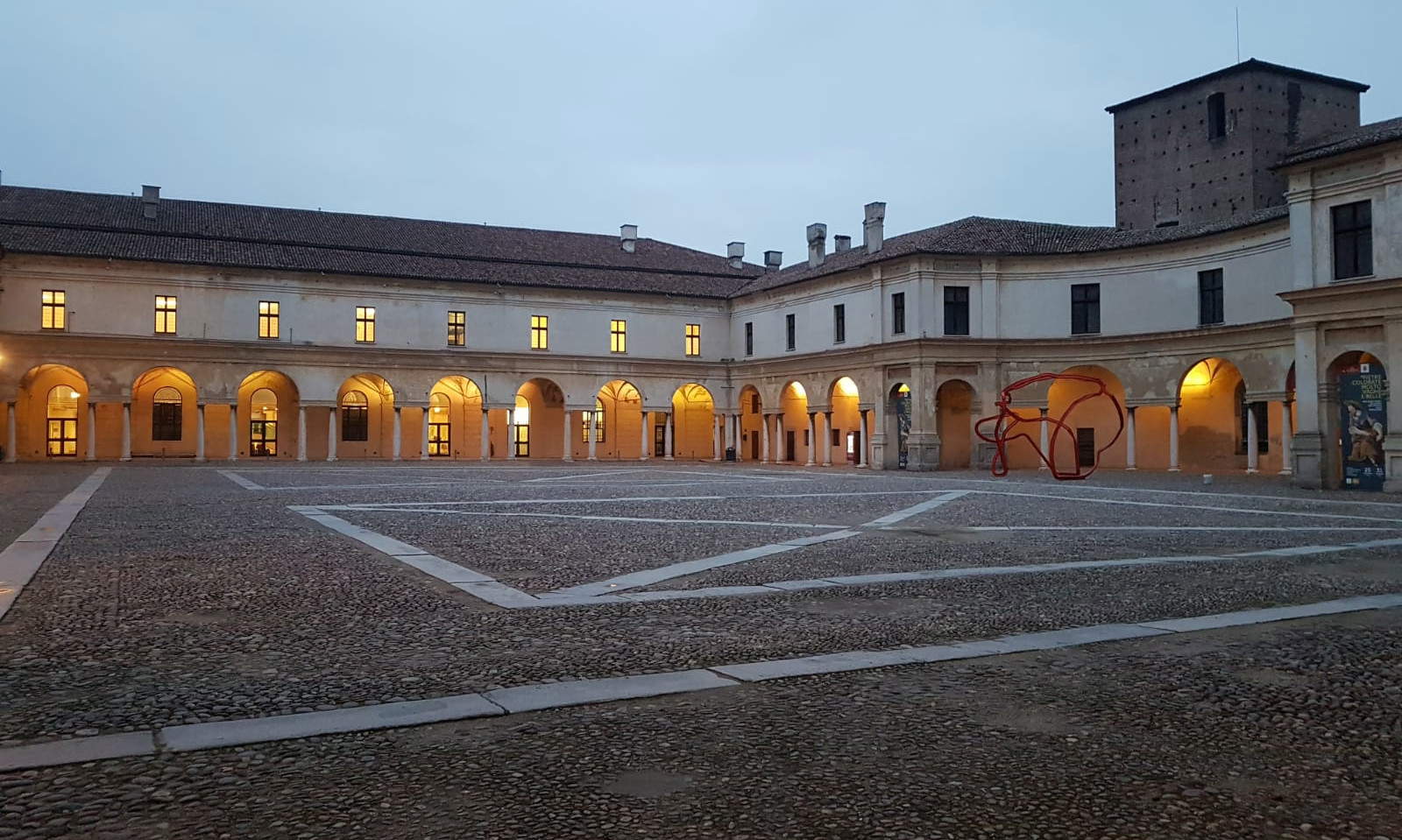
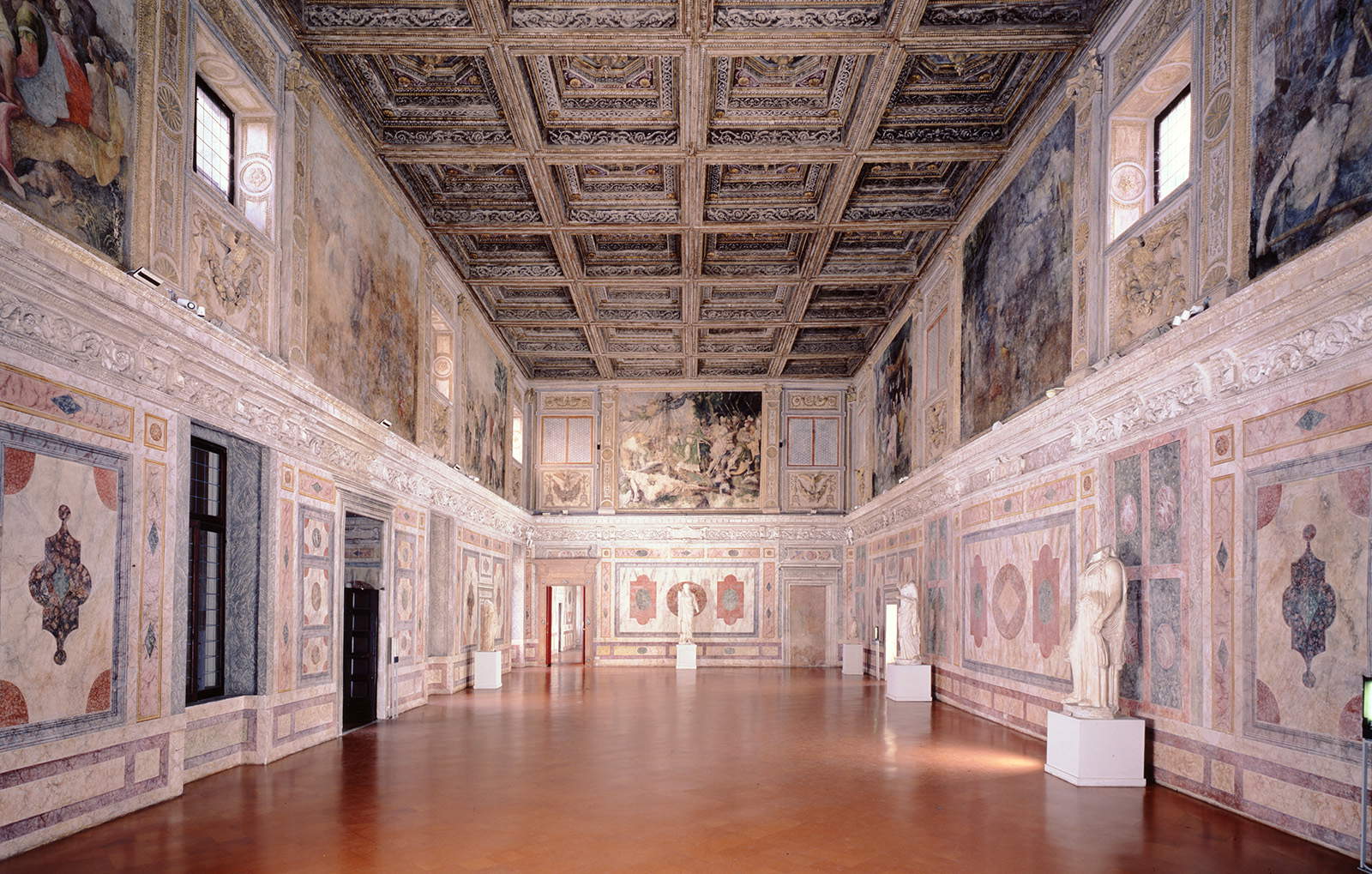
One of the main changes introduced for autonomous museums is their governance. Does the director-committee-scientific committee organization work at the management level, not in theory, but really in practice? How often do you convene the scientific committee? In an interview, then-Dg Antonio Lampis observed that the members of these bodies often instead of “supporting the director often ’paralyze’ his activity through personalism.” If you agree with this observation, what could be the alternative?
Sharing strategies, opinions and directives with experienced people, such as those who serve on the board of directors and scientific committee, is not a problem, but a blessing and a sacrosanct necessity, since we spend public money. If anything, I see the opposite risk: of personalism in avoiding confrontation and deciding everything alone. In the first six months of the year I confess to having formally convened the scientific committee only twice, but on the other hand I wrote to them at least half a dozen times, to plan “buying campaigns,” ask for opinions of appropriateness, discuss exhibition strategies. They share opinions and even responsibilities, help me straighten up, and offer their expertise for comparison. All of this for free. After all, I don’t think that, from a formal point of view, the negative opinion of a member of the scientific committee can prevent us from doing anything; just as I would not follow their demands if they asked me to annex China. The board also provides an opportunity to compare with other experiences and management models.
Let’s turn to scientific autonomy: can you tell us about your research activities and your enhancement plan? Is it connoted by a distinctive feature?
In these two years and a little more of our tenure, we have opted for two exhibition events a year; I use the first person plural because I speak on behalf of a wonderfully working group. In the spring, a dossier exhibition, on a subject of limited scope: an in-depth scientific study; in the fall, a larger exhibition, like the one on Pisanello last year. Now we are planning the 2024 exhibitions and, beyond that, a reorganization of the collections, the permanent exhibition of materials that have been relegated to storage until now, a scientific catalog of sculpture in the Doge’s Palace. The common thread of these activities is reflection around the monument, its history, its contents; in essence, an attempt is made to complete the “narrative” of the Museum itself. Each exhibition is a moment of care, understanding and interpretation of the monument. Each exhibition is meant to be an opportunity for a permanent rearrangement, for a stable revision of the exhibition itinerary and its collections. It would be ideal to be able to plan the museum’s refitting in one fell swoop, rather than proceeding in hiccups, and, all in all, a decree increasing the hours of the day to thirty would be enough to accomplish this.
Have you planned any citizen retention initiatives? If so, which ones? How does the Museum fit into the dynamics also of economic, as well as cultural, development of the community and the target area?
In addition to exhibition events, we have planned a series of evening concerts in the Museum in the spring and summer, preceded by aperitifs-a way to make the museum feel like a familiar place. Our special subscribers are welcomed into areas that are normally closed, and our staff promotes visits to parts of the Palace that are not always accessible. They rotate the visitable spaces to invite even those who have been to the Ducal Palace several times to return. You never stop discovering and admiring it. As for economic development, I think the unlocking of construction sites, the 14 million mentioned above and more, is an opportunity that few institutions are able to offer in the province of Mantua. We attract firms and economic operators. By stoically keeping the museum open on all bridges, every Sunday, every holiday, we support or perhaps drive the tourist economy, in a noble ’competition’ with other urban entities, mainly Palazzo Te. If the ’competition’ is who does better, spurring each other on, the city’s cultural offerings have only to gain.
Chapter protection: to whom does it belong? To the museum or to the Superintendency? In Sicily, where the corporatist model applied to cultural institutions was introduced earlier than in the state, back in 2000, it is expected that the Superintendent will chair the Committee. Do you consider this an alternative “formula” or do you think it could fuel conflicts between Superintendent and Director?
The solution identified by the General Secretariat in 2018 leads to a “sharing,” even with prescriptive value, between Museum and Superintendent, but certainly one can feel the difference between archaeological areas, where protection is also the responsibility of the autonomous Museum. I love the work of the Superintendency: after working a few years as a restorer, from 2000 to 2015 I was a Superintendency official, and confrontation can be, like any confrontation, an opportunity to refine the methods of protection, but the bureaucratic sequence seen by the contracting station-design, Superintendency opinion, tenders, work execution-is an ordeal. In our specific case, OS2A project sharing is almost a mere formality, which could find a more expeditious solution, an automatism.
Highly topical topic, free museums. Gabriele Finaldi, who directed it until last August, said “free admission is in the DNA of the National Gallery” (of London). Genetics teaches that DNA can mutate, Do you think this is a model that can be imported to Italy, with the necessary adaptations? Is it conceivable to totally give up the resources produced by entrance fees?
The National Gallery is certainly a model, but I remember that, without straying too far from Piccadilly Circus, a visit to Buckingham Palace costs £33. The National Gallery is a major state investment: a model applicable perhaps on one or a few Italian museums of high national representation; but can we imagine that the state keeps the hundreds of state museum sites, spread over the territory, decently open without collecting a penny and without pushing them to improve under that form of empowerment that is autonomy? Let us not forget that, beyond the free first Sundays of the month, which I do not particularly like, the educational function is guaranteed by free admission up to 18 years of age and a laughable reduced ticket (which could also be zeroed out) of two euros up to 25 years of age. In the Mantuan case, one could reason on a seasonal basis, to facilitate and distribute flows at those times of the year, such as February, when the Museum empties; or work on days and time slots, always with the same purpose. I believe that services for schools should be incentivized, perhaps even providing free educational activities. This topic then opens up a hundred others, including that of cultural mediation, which I would like to address, if we had the strength to do so.
Are there moments of exchange, such as technical tables convened with some regularity, among you autonomous directors to compare different experiences? Replicate successful ones or solve common problems? Or has a competitive spirit prevailed? Doesn’t the most immediate (but also the most trivial) comparison of visitor numbers create some performance anxiety?
The opportunities for structured exchange are not many, except those due to personal friendships or those born under the auspices of the Executive Board, which in its coordinating role helps us share problems and solutions.
In summary, what is your balance sheet of the autonomist experience? If you had to quantify it in a grade from 0 to 10?
Between seven and eight. In the early days of the experience I was skeptical, but now it seems impossible to think of going back. Autonomy, even if partial, has given us a new way of looking at things and especially a new way of experiencing the relationship with the public, which is now a living part of the museum.
When does your contract end? What plans do you have? Will you participate in new competitions?
In October 2024 the first four-year, renewable term ends, and I hope they forget about me and leave me in Mantua; if they wanted to replace me, I would be ready to entrench myself in the castle and raise the drawbridge. Joking aside, the laboriously initiated work is to be completed in 2026, and I would love to be there to toast after so much effort. The security of a long-term commitment would also facilitate the planning of events, displays, and exhibitions. I would also hope that the competitions would be held well in advance of the expiration of the contracts and not after they take effect, to avoid periods of indecision, which a Museum of this type and with work in progress cannot afford. If I were not to be confirmed in the Ducal Palace, I would certainly participate in other competitions for museum direction. I have been working in this specific field since 2015, and I think I have learned something.
Warning: the translation into English of the original Italian article was created using automatic tools. We undertake to review all articles, but we do not guarantee the total absence of inaccuracies in the translation due to the program. You can find the original by clicking on the ITA button. If you find any mistake,please contact us.